Description
Hyssop
Latin Name: Hyssopus Officinalis
- Protection
- Purification
- Sacred baths
Burn over charcoal, add to charm bags, blends, use as an offering.
Widely known as an ingredient in men’s cologne or as a component in the French liquor of Chartreuse, Hyssop is also used to produce the green coloring for which Absinthe is famous. Also within the culinary arts, it is sometimes used to add a bitter, minty flavor to soups. Outside of the culinary field, Hyssop is perhaps most famed for its repeated mention in the Old Testament, where it is written of frequently as part of rituals, particularly in seeking the protection of God. Perhaps the most famous example of this would be where it was said to be used in painting the doors where Hebrew families dwelled to protect them from Moses’ plague that claimed every firstborn son of Egypt. Hyssop was also said to be used by the priests of the Temple of Solomon for purification and protection rites; a tradition that lives on among Catholic priests, who use it in the ceremonial aspergillum that they use to sprinkle holy water.
Add to sachets hung in the home to remove negativity. Hyssop can be burned in incense, worn, used in decorations, and added to the chalice. Use a bunch to ritually “sweep” the altar as a preparation for a ceremonial rite. It can be used to sweep sacred spaces and added to water, infused and sprinkled sparingly over objects to cleanse them. Scattering the plant or hanging it in the house at windows or doors it can cleanse and protect from harmful energies.
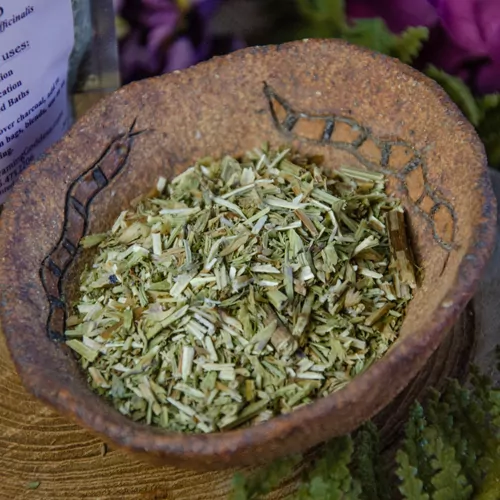
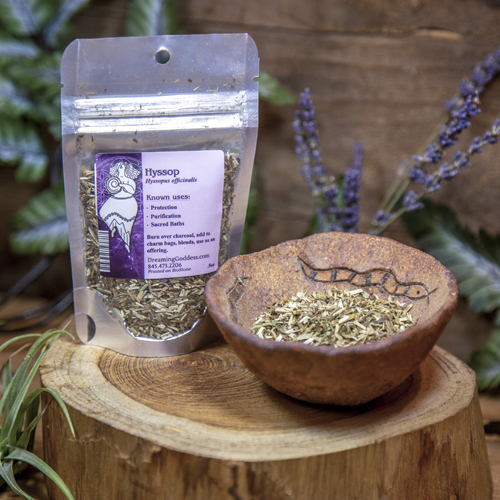
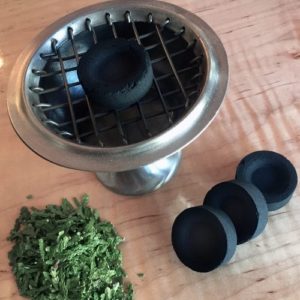

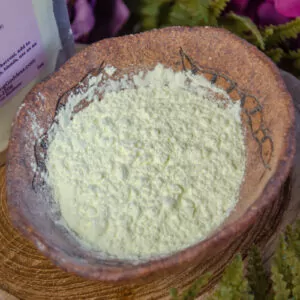
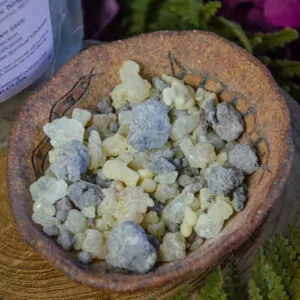
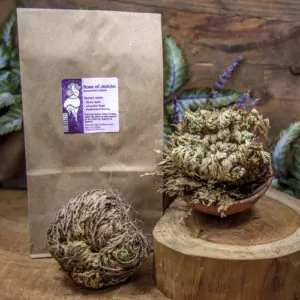
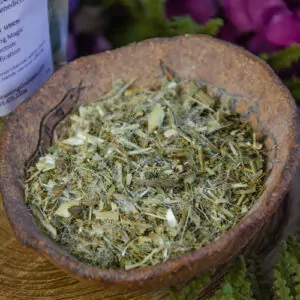
Reviews
There are no reviews yet.